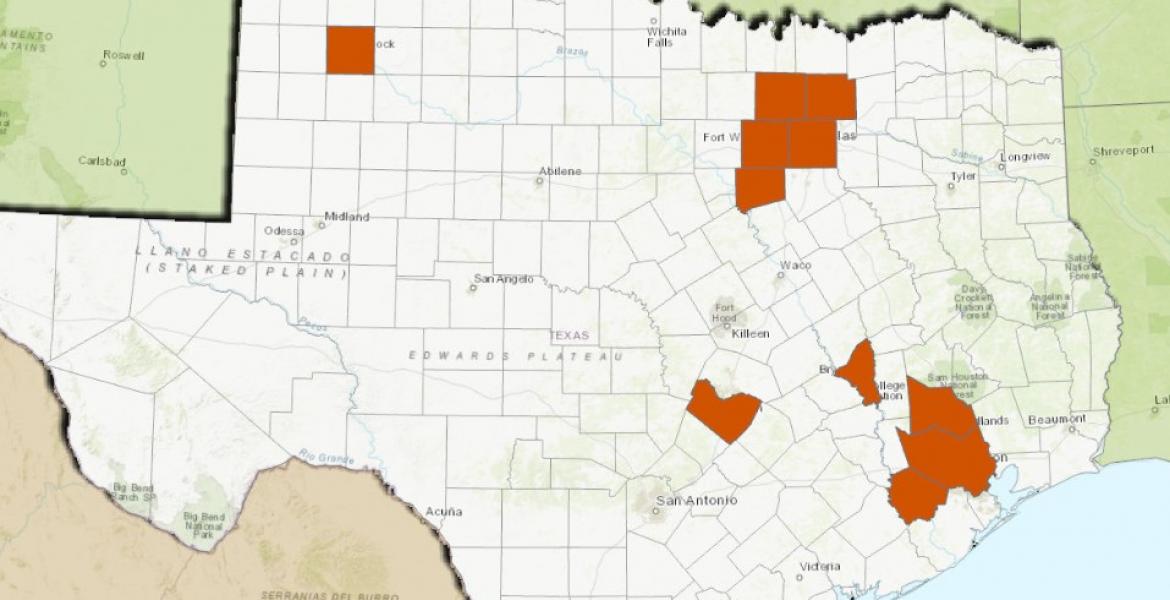SAN ANGELO, TX - As millions of Americans cope with soaring temperatures, dog owners are being urged to monitor their pets closely for signs of heat exhaustion and heat stroke, according to Dr. Julie Buzby, an integrative veterinarian and founder of "ToeGrips" for dogs.
Heat stroke in dogs is a potentially fatal condition that occurs when the body’s normal heat-dissipating mechanisms become overwhelmed, causing the internal temperature to rise above 105°F. The normal temperature for dogs ranges from 99 to 102.5°F.
Dr. Buzby warns that signs of heat stroke in dogs include heavy panting, excessive drooling with thick saliva, blue, brown, pale, or red gums, vomiting or diarrhea (which may be bloody), altered mentation (such as acting dazed or confused), seizures, ataxia (stumbling gait), collapse, and lethargy.
Before these clinical signs appear, dog owners might notice warning signals of overheating or heat exhaustion, such as heavy panting, searching for a cool place to lie down, or acting unusually tired.
“If you think your dog may be developing signs of heat stroke, wet your dog with cool (not cold) water and immediately drive to the vet with the air-conditioning on full blast,” Dr. Buzby stated. “It is critical that you make an emergency vet visit as soon as possible because time is of the essence when it comes to treating heat stroke.”
To keep dogs cool during a heat wave, Dr. Buzby recommends several creative solutions. Limiting outdoor time, especially during peak heat hours, is crucial. Walks should be scheduled for early morning or late evening when temperatures are lower. Avoiding hot asphalt or concrete is also important.
Ensuring dogs have access to shade and plenty of fresh water both inside and outside is vital for their well-being, according to information.
Subscribe to the LIVE! Daily
Required






Post a comment to this article here: